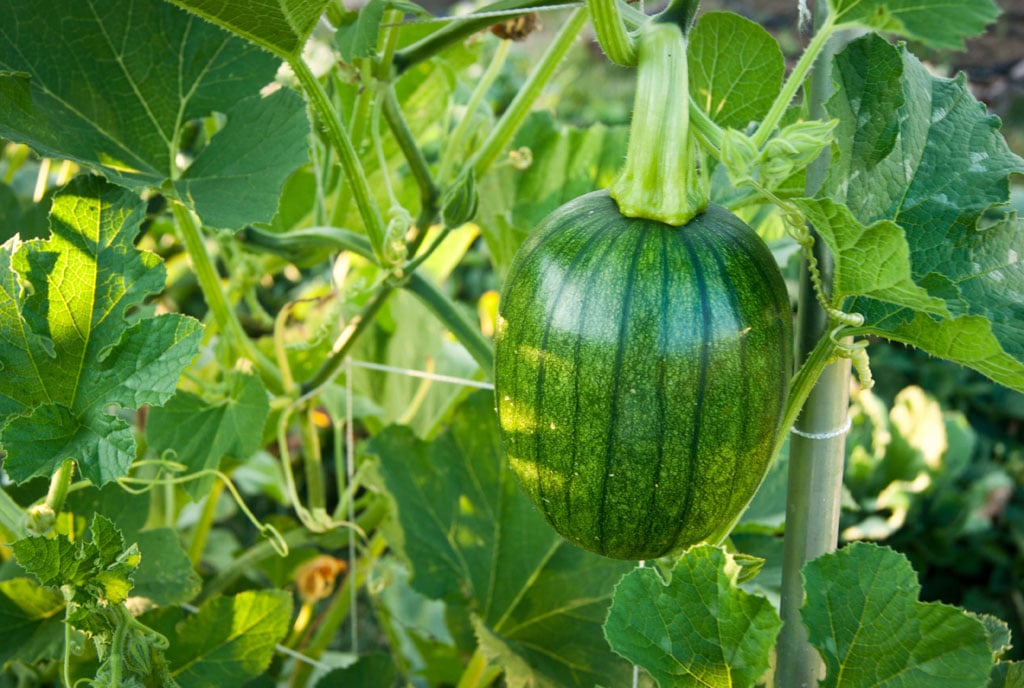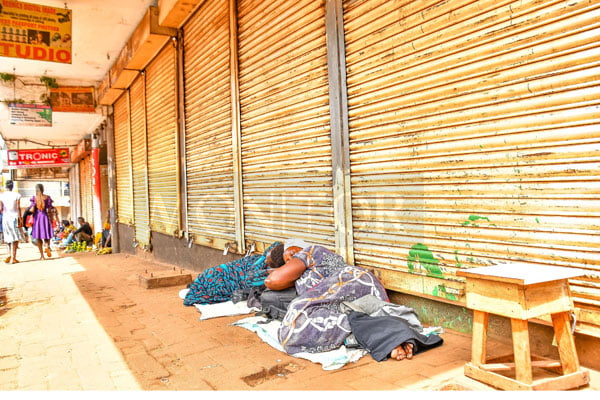How peer pressure, drug abuse is ruining women’s lives

A man pictured smoking drugs. FILE PHOTO
What you need to know:
A growing number of female students are being lured into drugs through peer pressure. Biira, a victim, says many of her peers smoke cannabis in the evening, after lectures.
Anita Biira (not real name), 21, is a university graduate who started using drugs in her first year at university.
On a night out with her friends, Biira says she met a man who bought them drinks the whole night.
“Towards dawn, when we returned to his home, I noticed a heap of white powder on the dressing table. He encouraged me to put some powder in my hand and sniff it,” she says.
He had just returned from the US and he eventually became her boyfriend. This marked the beginning of Biira’s three-year addiction to heroin. Her boyfriend always bought the drug for her.
“Whenever he is out of the country or upcountry, I meet his friends in the bar and they give me heroin. Sometimes when I sniff the heroin, my nose bleeds, so I switch to weed (cannabis),” she reveals
Biira is now in a rehabilitation facility. This is the second time her parents have bundled her to a rehab after a relapse last year.
A growing number of female students are being lured into drugs through peer pressure. Biira reveals that many of her peers smoke cannabis in the evening, after lectures.
“They only use drugs after lectures and during weekends. At the weekends, they begin smoking weed at 10pm and then at midnight, they hit the club,” she says.
Misha Nakiboneka began smoking cannabis at the age of 10. Today, 15 years later, she has graduated to herion.
“My parents and siblings openly smoke weed. I think we got into drugs because of the place where we lived. My family rented a room behind Upland Supermarket in Kitooro, Entebbe. That street is known as the drug dealing centre in Entebbe,” she says.
While working as a waitress in a bar located in Kitoro, Nakiboneka met other drug users.
She says she has been arrested countless times.
Knowledge is key
Yesterday, Uganda joined the rest of the world to commemorate the International Day against Drug Abuse and Illicit Trafficking, under the theme, “Better Knowledge for Better Care.”
The emphasis this year is on the need to improve the understanding of the world drug.
Fred Mugisha, a counselling psychologist and case manager at Serenity Centre, a drug rehabilitation centre, says more needs to be done to sensitise people about drug addiction and alcoholism. Alcoholism is also considered as drug addiction.
“This information should be regular in the mainstream media. We need to use the same approach we have been using in the fight against HIV. Whenever I get an opportunity to speak to a big audience, I ask if participants if they know someone who has an alcohol or drug problem. It turns out everyone knows someone. How come we do not have as much information about drugs in the public arena?” he wonders.
Lack of available, accurate information on drug addiction is one of the barriers to effective treatment of drug abuse.
Uganda’s situation
The harmful consequences of drug use cannot be overemphasized. While cannabis has been with us for many years, in the last 10 years, its use has become eminent. Additionally, opioids have also hit the local drug market.
Since November 2019, a drug and alcohol surveillance study in Kampala metropolitan area, has been conducted on 10 drug rehabilitation facilities, including Butabika Hospital. Researchers say the study will be concluded this month.
Prof Nazarious Mbona Tumwesiye, a researcher epidemiologist on alcohol and drug use, is the principal investigator of the study. He says alcohol is the number one drug in Uganda.
“Sixty one per cent of the people who came to rehabilitation facilities between November and March were seeking treatment for an alcohol addiction. Twenty one per cent were seeking treatment for cannabis addiction. For every five people who have a problem with alcohol, one of them probably has a problem with cannabis,” he says.
Drug addicts use a combination of narcotics. For instance, the study found out that, if someone’s primary drug is cannabis, for a third of them, tobacco or shisha is a secondary drug, while a fifth says alcohol is their secondary drug.
Mugisha contends that drug abuse is on the rise in the country, not only in the number of people who are using drugs and alcohol but in the variety of drugs being used.
“Twenty years ago, alcohol was the most abused substance. Over the years, the availability and use of cannibis, cocaine, heroin and khat has increased,” he says.
What is more alarming is the fact that women start using drugs at a young age.
Drugs as a public health concern
Prof Tumwesigye says 82 per cent of those in rehabilitation centres say peer pressure pushed them into using drugs.
The 2019 Uganda Police Annual Crime Report, indicates that last year, 20 people were arrested in possession of heroin, while three had cocaine.
The report adds that 852 people were arrested in possession of cannabis while 1,875 were in possession of other narcotics.
However, Mr Mugisha wonders why drug abuse is treated as a criminal offence yet it is a public health issue.
“Some people are genetically predisposed to become drug users and this increases their chances of becoming addicts. The fact that drugs affect an individual’s emotional and neurological set-up, drug abuse remains a mental health issue,” Mr Mugisha says.
When a drug user is released from prison after a few weeks, they resume the use of drugs. However, if a drug abuser is rehabilitated, they can return to society and become productive.
Socioeconomic cost of drug abuse
Tinka Zarugaba, the acting commissioner of the Uganda Police’s Anti-Narcotics Department, says drug abuse is expensive not only to the country, but also to the individual.

Men arrested with marijuana at Gulu Central Police Station on June 2015. PHOTO/JAMES OWICH.
“People require money to buy drugs everyday, which impoverishes them. When the person becomes an addict, he or she becomes a nuisance in society and is hounded out of work. On national level, drug money has led to inflation and can be a source of insecurity,” he says.
Prof Tumwesigye concurs that drug abuse is expensive on the individual’s families. “Most treatment centres charge more than Shs50,000 a day. So, you can imagine the cost for admission in a rehab centre for a few months or even a year,” he explains.
A 2011 research study, published online in the Journal of Epidemiology and Community Health, found out that a high childhood intelligence quotient (IQ) may be linked to subsequent illegal drug use, particularly among women. Prof Tumwesigye says drug and alcohol addicts tend to have a higher IQ than the average person.
“One reason for this could be that they tend to think too much, trying to solve many problems at a go. This causes stress, which makes them rely on drugs and overdrinking. I think this is something that the government should look into,” he says.
Risk factors for women
Women make up a small percentage of drug users in Uganda, although Mugisha says the numbers increase each passing day, which he attributes to exposure.
“A few years ago, women were cast more in the role of caregivers and homemakers. Today, women have the same responsibilities as men, which means, they struggle with the same kind of stress. If they are able to access alcohol, they will also suffer from challenges that come with its consumption,” he says.
The same is true for hard drugs. Unfortunately, when it comes to treatment of female drug addicts, the taboos remain firmly in place.
“Society may view a female alcoholic as a disgrace; yet it will not have the same opinion of a male alcoholic. This stigma makes it harder for women to openly seek help and treatment,” Mugisha says.
Treatment for drug use is not always tailored to the specific needs of women. Many female drug addicts are on the lower socioeconomic scale, which means that treatment is not always accessible to them because they cannot pay for it.
To compound the problem, Uganda has less than 50 psychiatrists to deal with more than 40 million people.
The effect of Covid-19 on abuse and trafficking, especially subsequent lockdown, Zarugaba says reduced crimes related to drug abuse.
“Expensive drugs come in by air, and now most airports are closed. Of course, this has had implications on drug users. We are likely to see addictions on the rise because if an addict lacks the drugs he or she was used to, they will resort to local narcotics, such as cannabis, khat and jet fuel,” he says.

A study found out that drug addicts use a combination of narcotics. For instance, if someone’s primary drug is cannabis, for a third of them, tobacco or shisha is a secondary drug .PHOTO/FILE
Prof Tumwesigye says the lockdown worsened the situation for those seeking treatment.
“In our study, we have discovered that until February 2020, facilities were receiving a high volume of patients. But in March, because of the ban on public and private transport, the numbers went down. This could mean that addicts were not accessing treatment, or had probably relapsed.”
What more needs to be done?
Drug abuse cannot be dealt with without taking into consideration the factors which expose young people to drugs. Some of these factors include family environment and peer pressure.
“If a child from a humble background, without enough basics, is exposed to domestic violence at a young age, he or she will seek ways to deal with stress, one of which ways could be using drugs,” Prof Tumwesigye says.
While the Narcotics Act 2016 is a breakthrough in the fight against trafficking, it has weaknesses.
“The Act is based on vicarious liability. We only arrest you if we find you in possession of drugs. However, if you do not have the drugs on you, even if we have the intelligence that you are a drug kingpin or funder, we cannot arrest you. This has limited our operations,” Zarugaba says.
In 2019, a total of 132.012 kilogrammes of drugs were seized at Entebbe International Airport. This was a sharp rise from 48.47kg seized in 2018.
“The Act has sections that have not yet been implemented, need regulation and operationalisation by the Ministry of Internal Affairs. We do not have the Narcotics Coordinating Committee, which should be making policies to help the Narcotics Police to act,” Zarugaba says.
However, even with these handicaps, police last year destroyed 723.02Kgs of seized assorted narcotic drugs. The narcotics were valued at Shs12.5 billion.
What others say
Sensitisation
‘‘This information should be regular in the mainstream media. We need to use the same approach we have been using in the fight against HIV. Whenever I get an opportunity to speak to a big audience, I ask if participants if they know someone who has an alcohol or drug problem. It turns out everyone knows someone. How come we do not have as much information about drugs in the public arena?” Fred Mugisha, a counselling psychologist .
Addictions
“Sixty one per cent of the people who came to rehabilitation facilities between November and March were seeking treatment for an alcohol addiction. Twenty one per cent were seeking treatment for cannabis addiction. For every five people who have a problem with alcohol, one of them probably has a problem with cannabis,” Prof Nazarious Mbona Tumwesiye, a researcher epidemiologist on alcohol and drug use
Expensive venture
“People require money to buy drugs everyday, which impoverishes them. When the person becomes an addict, he or she becomes a nuisance in society and is hounded out of work. On national level, drug money has led to inflation and can be a source of insecurity,” Tinka Zarugaba, the acting commissioner of the Uganda Police’s Anti-Narcotics Department.
The names of the source have been changed to protect her identity.





